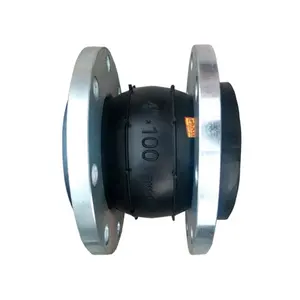

DIN Standard Single Ball Double Flanged PN16 DN100 Rubber Expansion Joint For Building Pipe System By Malaysia


Schedule 40 Q235b Price Per Meter 20 24 Inch Mild Ms Erw Round Welded Seamless Tube Carbon Steel Pipe






















Pipe bracing plays a pivotal role in ensuring the structural integrity of piping systems across various applications. This support mechanism is crucial for stabilizing pipes against lateral forces that occur during seismic events, making pipe seismic bracing a mandatory requirement in earthquake-prone areas. The design and implementation of these braces are guided by stringent engineering principles to maintain safety and durability.
There are multiple types of pipe bracing, each serving a specific purpose. Steel pipe bracing is commonly used for its strength and resilience, particularly in industrial settings. Copper pipe bracing is another variant, often employed in plumbing systems due to its corrosion resistance. For ductwork, duct seismic bracing is utilized to prevent movement that could lead to system failure or inefficiency. In the realm of fire protection, sway bracing plumbing ensures that pipes remain intact and functional during and after seismic events.
The materials used for pipe bracing, such as galvanized steel or copper, are selected for their durability and ability to withstand environmental stressors. Features like the tolco fig 4l and tolco fig 1000 are engineered to provide adjustable and secure bracing solutions. These components are part of a comprehensive tolco hanger catalog, which includes a variety of bracing options tailored to different needs and specifications.
The implementation of seismic hangers for pipe and bracing systems offers numerous advantages. It ensures the longevity of the piping infrastructure by mitigating the risk of damage due to vibration or seismic activity. Additionally, anvil seismic bracing and similar systems contribute to the overall safety of the building, protecting occupants and equipment from potential harm caused by unsecured piping.
While the installation specifics are not within the scope of this introduction, it is important to note that each bracing system, such as tolco sway bracing or tolco fig 981, comes with its own set of guidelines. These must be meticulously followed to ensure optimal performance and compliance with relevant codes and standards.
Selecting the appropriate bracing system, including options like metal strap pipe hanging bracing strip or tolco figure 1001, requires a thorough understanding of the specific demands of the piping system in question. Factors such as pipe material, size, and the expected seismic activity of the region are all critical in making an informed decision.
In conclusion, pipe bracing is a vital component in the construction and maintenance of safe and reliable piping systems. By understanding the different types, applications, and benefits, stakeholders can ensure that their infrastructure is well-equipped to handle the stresses of both everyday use and extraordinary events.